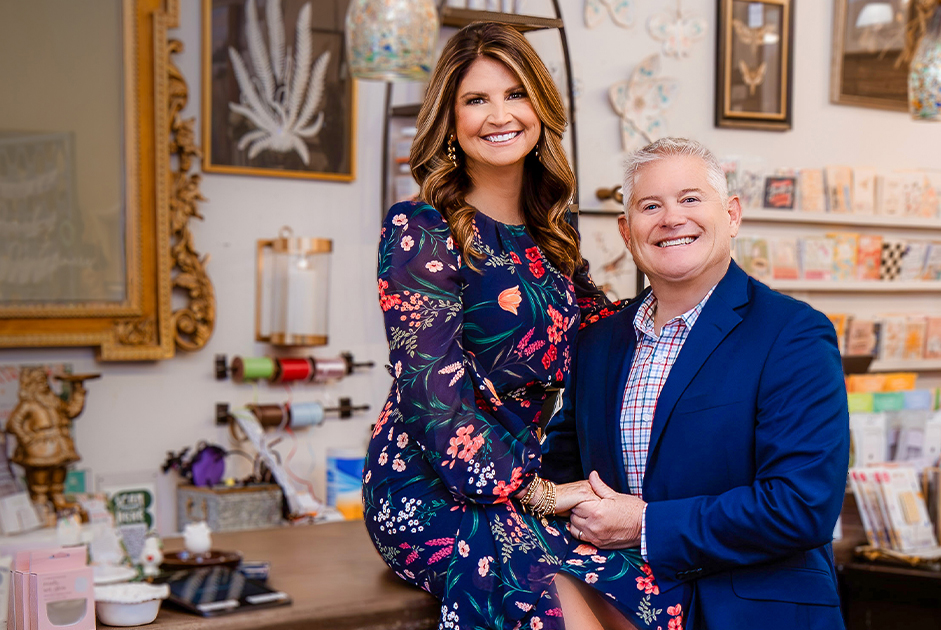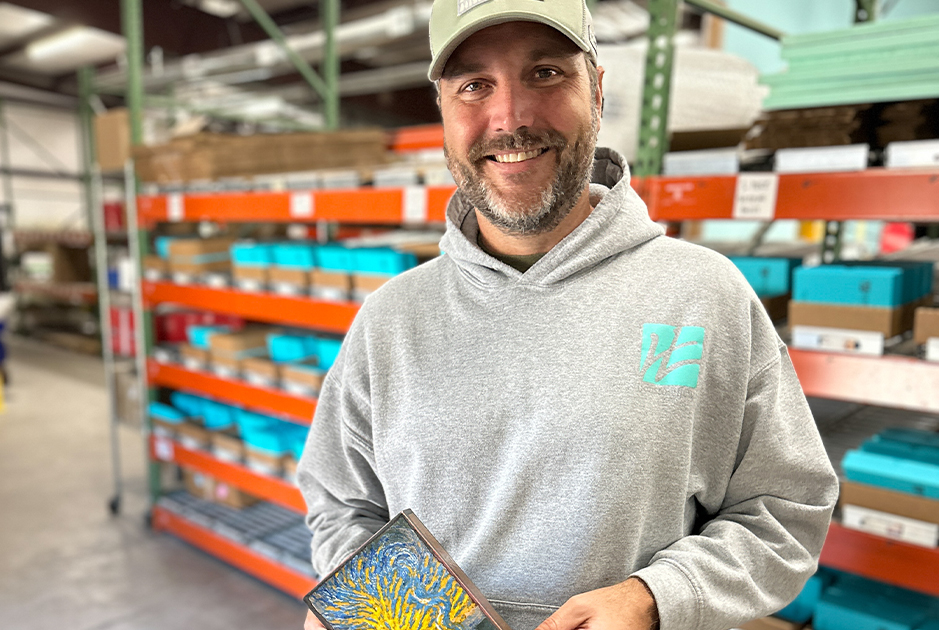American Sign Language (ASL) is more than just a form of communication. It is a way to connect individuals through a system of gestures, facial expressions and movements. ASL is the primary form of communication for deaf individuals. It empowers them to express themselves, while having meaningful interactions with family, friends and coworkers. Many people learn ASL at a young age, usually in school, and it is taught through written and verbal language.
ASL is characterized as a visual-spatial language composed of handshapes, movements and facial expressions. Each gesture and expression conveys specific meanings, words and phrases. One of the most crucial aspects of this form of communication is facial expressions, along with body language. Each expression can be used to showcase a person’s tone, emphasis and inflection, like a person’s voice does. Body language helps to clarify what is being communicated.
There is no definite origin as to when ASL was created or put into use. However, it does date back to 1814 with Dr. Thomas Hopkins Gallaudet, a minister from Hartford, Connecticut. Dr. Gallaudet’s neighbor had a deaf daughter, Alice Cogswell. Wanting to communicate with her and having little luck with teaching Alice reading and spelling, Dr. Gallaudet went to Europe to study under Abbe Sicard, Jean Massieu and Laurent Clerc, all who were deaf educators. After learning their methods and coming back to the United States, Dr. Gallaudet, along with the help of Clerc, opened a deaf school. Officially opening in 1817, today the school is known as the American School for the Deaf. It is recognized as being the first public free deaf school in the United States.
Like spoken languages, ASL continues to evolve and adapt over time, reflecting changes in culture, technology and society. Regional variations and slang construct the diversity and inclusivity of ASL. While mainly used by the deaf and hard of hearing community, this inclusive style of language is used by others throughout the world as it is proven to have many benefits and reasons for utilizing it.
One of the most important benefits of ASL is its inclusivity. Unlike spoken languages, ASL crosses hearing boundaries, allowing individuals who are deaf or hard of hearing to fully participate in conversations, social activities, education, employment and other opportunities. Through using ASL, people and society are able to become more inclusive and accessible to people with various needs. A sense of belonging and equality is felt by all. In addition, by learning ASL, a person can strengthen his or her cognitive abilities and linguistic skills. According to researchers, becoming proficient in ASL is the same as becoming proficient in another language and can be considered as a form of bilingualism. Learning a second language can improve a person’s memory, problem-solving skills and cognitive function.
There are multiple reasons why individuals consider learning and using ASL. For deaf individuals, ASL is not just a language; it’s a lifeline for communication. Through conversations, deaf and hard of hearing individuals are able to build social connections, gain self-advocacy and pursue opportunities as other individuals do. For hearing individuals, learning ASL promotes empathy, understanding and effective communication. Whether communicating with deaf friends, family members or colleagues, knowing ASL demonstrates respect for their language and culture while building genuine connections.
Lastly, ASL can be a valuable skill in professions such as education, healthcare and customer service. By incorporating ASL into your skill set, professionals can better serve deaf students, clients and patients, giving them equal access to information and services.
Today, ASL is widely seen in society. It is commonly used at sporting events, speeches, and in films and television shows. Celebrities including CJ Jones, Marlee Matlin and Nyle DiMarco are well-known for communicating through ASL. American Sign Language is a powerful tool for connection, empowerment and inclusion. By embracing ASL, individuals are creating a more diverse, equitable and accessible society where everyone, regardless of his or her differences, is celebrated and respected.




















